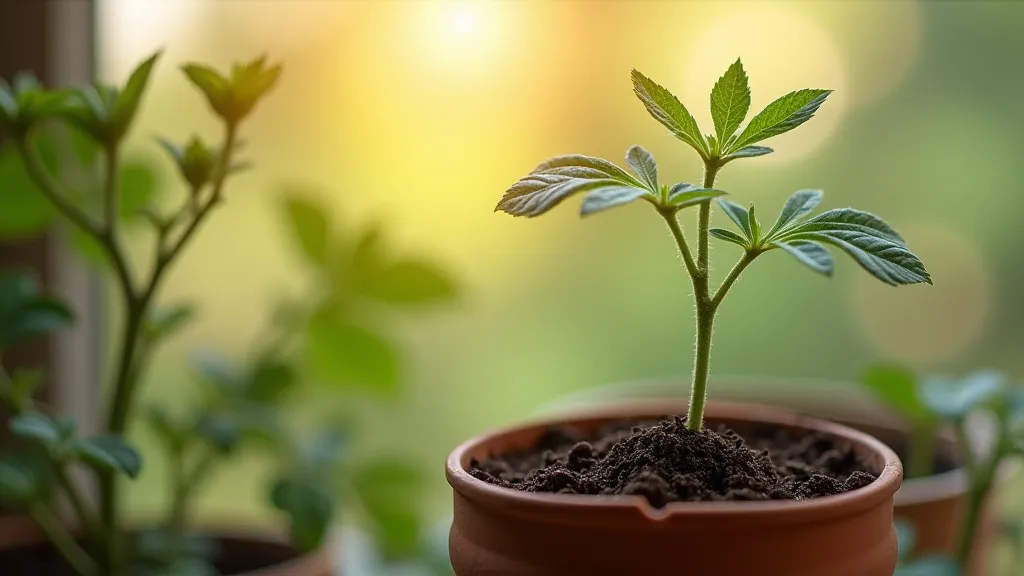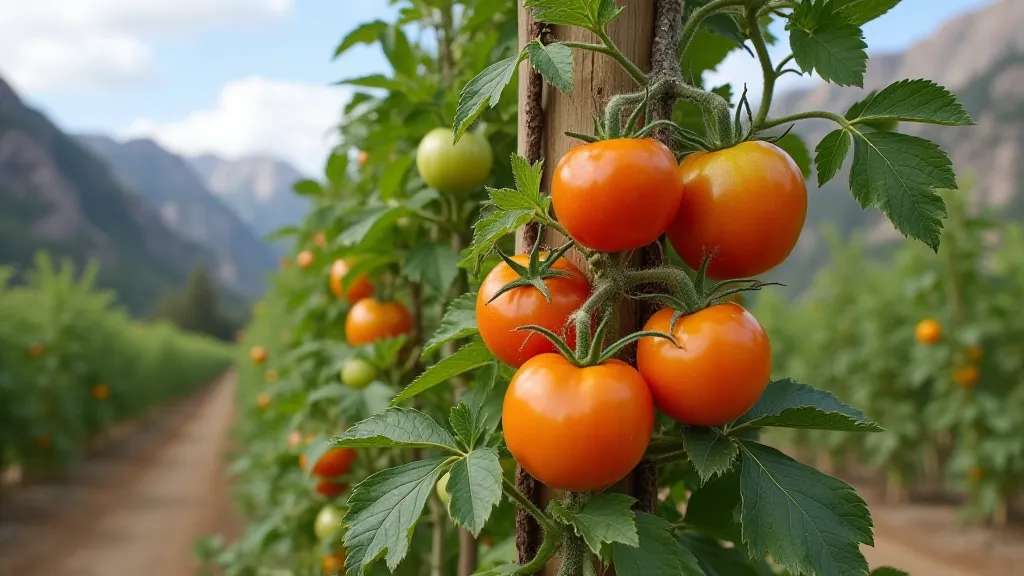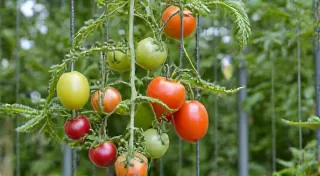Mortgage Lifter Tomatoes: A Rocky Mountain Growing Guide
Mortgage Lifter tomatoes are legendary. Known for their incredibly large size – often exceeding a pound – and remarkably sweet, juicy flavor, they’re a dream come true for tomato lovers. Their name itself tells a story of hardship and resilience, said to have been developed in the 1940s to help a struggling farmer pay off his mortgage. But growing these giants in the challenging climate of the Rocky Mountain region requires a slightly different approach than in milder areas. This guide is tailored to help Rocky Mountain gardeners successfully cultivate Mortgage Lifter tomatoes and reap a bountiful harvest.
Understanding the Rocky Mountain Growing Challenges
Before we dive into the specifics of growing Mortgage Lifters, let's acknowledge the hurdles. The Rocky Mountain region presents unique growing conditions:
- Altitude: Higher altitudes mean increased UV exposure and cooler temperatures, impacting growth and ripening.
- Short Growing Season: The season is significantly shorter than in lower regions.
- Temperature Fluctuations: Wide temperature swings, both day and night, can stress plants.
- Intense Sunlight: The sun's intensity can scorch leaves if not managed carefully.
Starting Mortgage Lifter Tomatoes in the Rockies
Given the short growing season, starting Mortgage Lifter tomatoes indoors is crucial. Begin seeds 6-8 weeks before your last expected frost. Use a seed starting mix and keep the soil consistently moist. Provide ample light, either from a sunny window or grow lights. Transplant seedlings outdoors when the danger of frost has passed and the soil has warmed to at least 60°F (16°C).

Choosing the Right Location & Soil
Select a location that receives at least 6-8 hours of direct sunlight daily. While these plants thrive in full sun, in the Rockies, afternoon shade can be beneficial to prevent scorching. Mortgage Lifters need rich, well-drained soil. Amend your soil with plenty of compost or aged manure before planting. A slightly acidic soil pH (6.0-6.8) is ideal.
Planting and Staking
Space Mortgage Lifter plants 3-4 feet apart to allow for their substantial size. These are indeterminate tomato varieties, meaning they continue to grow and produce tomatoes throughout the season. Strong staking or caging is absolutely essential to support their weight. Consider using sturdy tomato cages or a trellis system. Bury the lowest leaves when transplanting to encourage strong root growth.
Watering and Fertilizing
Consistent watering is vital. Water deeply and regularly, especially during hot, dry periods. Avoid overhead watering to minimize the risk of fungal diseases. Feed your Mortgage Lifter plants with a balanced tomato fertilizer every 2-3 weeks throughout the growing season. Look for fertilizers high in phosphorus and potassium to promote fruit development and disease resistance.

Dealing with Altitude and Sunlight
At higher altitudes, the intense sunlight can be a challenge. Consider using shade cloth during the hottest part of the afternoon, especially for young plants. Reflective mulch can also help reflect light back onto the plants, but be mindful of overheating. Ensure adequate air circulation to help prevent fungal issues.
Pest and Disease Management
Mortgage Lifters, like all tomatoes, can be susceptible to pests and diseases. Common problems include aphids, tomato hornworms, and blight. Inspect your plants regularly and take action promptly if you spot any issues. Organic pest control methods, such as neem oil or insecticidal soap, are often effective. Proper spacing and good air circulation are key to preventing disease.
Harvesting Your Bountiful Crop
Mortgage Lifter tomatoes typically take 80-95 days to mature. Harvest when they are fully colored, slightly soft to the touch, and easily pull away from the vine. The flavor is best when they ripen on the vine. These tomatoes are delicious fresh, in salads, or sauces.

Final Thoughts
Growing Mortgage Lifter tomatoes in the Rocky Mountain region takes a little extra effort, but the reward – those incredibly flavorful, giant tomatoes – is well worth it. By understanding the challenges and implementing these tips, you can successfully cultivate these heirloom gems and enjoy a truly exceptional harvest.





